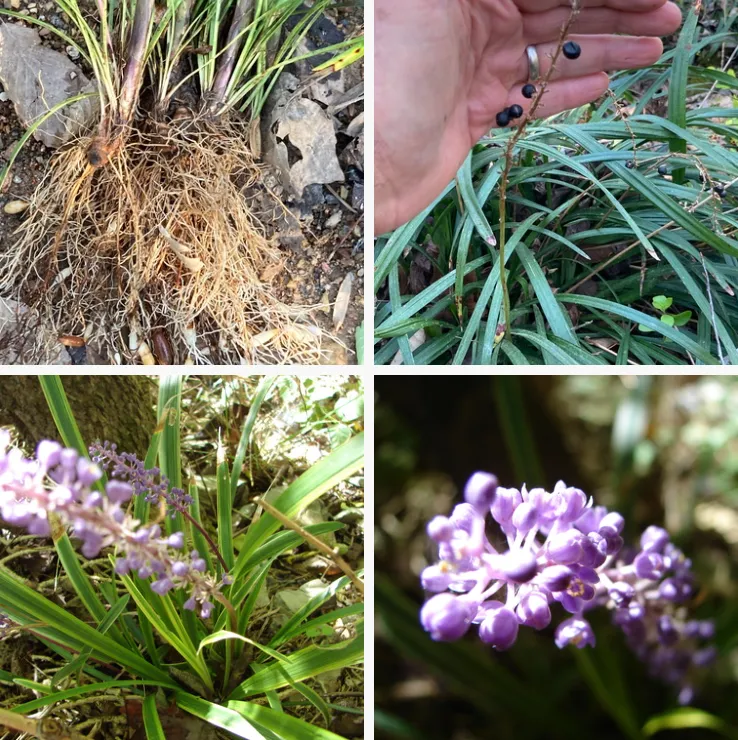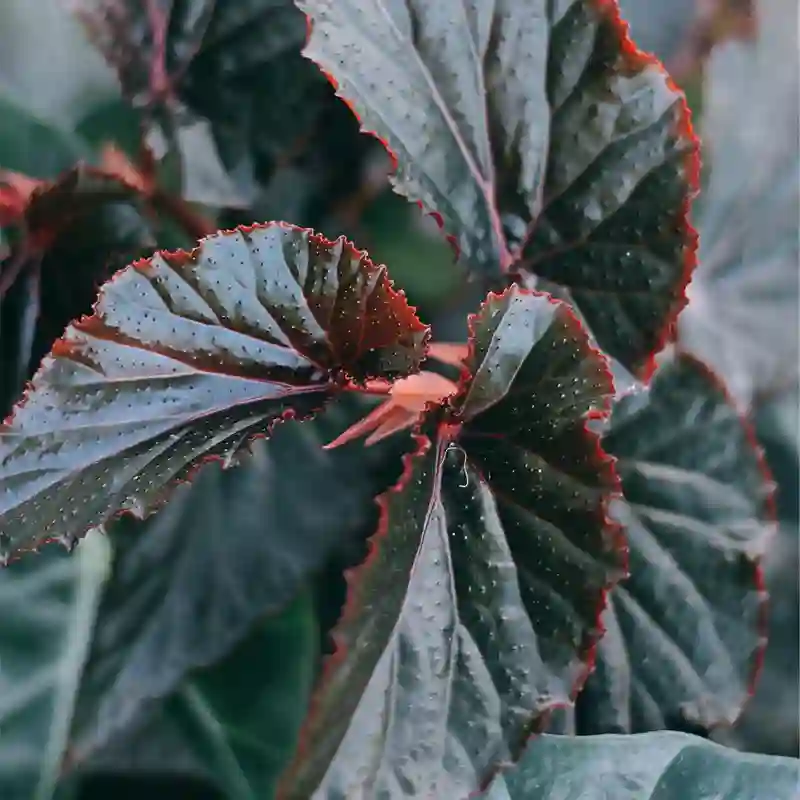FAQs About Calystegia Sepium
If you’re like me, you’ve probably stumbled upon the plant Calystegia Sepium in your garden or local landscape. It’s a plant that can evoke mixed feelings. On one hand, it has beautiful trumpet-shaped flowers that can be quite charming. On the other, it can be incredibly invasive, making it a challenging plant to manage. In this article, I’ll address some of the most common questions about Calystegia Sepium, drawing from my personal experiences and what I’ve learned over time.
32 Species in Genus Calystegia (Volvulus)
What is Calystegia Sepium?
Calystegia Sepium, also known as Hedge Bindweed, is a perennial climbing plant belonging to the Convolvulaceae family. It features heart-shaped leaves and produces large, white or pink funnel-shaped flowers. This plant is native to North America, Europe, and Asia and often found in hedgerows, gardens, and along fences. It’s known for its ability to climb rapidly, which makes it both a beautiful addition to a garden and a potential nuisance.
Is Calystegia Sepium Annual or Perennial?
One of the most frequent questions I get asked is whether Calystegia Sepium is an annual or perennial plant. From my experience, it is definitely a perennial. This means it lives for more than two years, and if it’s left unchecked, it can return year after year, often stronger and more widespread. The root system of Calystegia Sepium is quite robust, with long rhizomes that can spread quickly underground, making it difficult to eradicate once established.
How to Get Rid of Calystegia Sepium?
Getting rid of Calystegia Sepium can be quite a challenge due to its persistent nature. Here’s what I’ve found works best:
- Manual Removal: This involves digging up the plant, including its root system. It’s crucial to remove as much of the root as possible because even small pieces left in the soil can regrow. I recommend using a garden fork to loosen the soil and carefully pulling out the roots.
- Herbicides: For larger infestations, herbicides can be effective. Glyphosate-based herbicides are commonly used, but they should be applied with care to avoid harming other plants. Always follow the instructions on the label and consider the impact on the environment before using chemicals.
- Mulching: Covering the area with a thick layer of mulch can suppress the growth of Calystegia Sepium by blocking sunlight. I’ve used organic mulch like wood chips or straw, which also benefits the soil as it breaks down.
- Regular Monitoring: After initial removal, regular monitoring and re-removal are essential. The plant can regrow from any roots left behind, so persistence is key.
Is Calystegia Sepium Devil’s Trumpet?
No, Calystegia Sepium is not the same as Devil’s Trumpet. Devil’s Trumpet, or Datura stramonium, is a different plant altogether. While both have trumpet-shaped flowers, Devil’s Trumpet is a toxic plant that belongs to the Solanaceae family. In contrast, Calystegia Sepium is not considered highly toxic, although it can cause mild stomach upset if ingested by humans or pets.
Calystegia Sepium vs Convolvulus Arvensis
Another common confusion arises between Calystegia Sepium and Convolvulus Arvensis, also known as Field Bindweed. Both are members of the same family and have similar appearances, but there are differences. Calystegia Sepium has larger flowers and broader leaves, whereas Convolvulus Arvensis has smaller, more delicate flowers and narrower leaves. Field Bindweed is also considered more invasive and harder to control due to its extensive root system.
Can Calystegia Sepium Be Grown Indoors?
Calystegia Sepium is not typically grown indoors due to its vigorous growth habit and need for plenty of space and sunlight. It’s better suited to outdoor environments where it can climb and spread. If you’re looking for an indoor plant with similar aesthetic appeal, consider species of Ipomoea, such as the classic Morning Glory, which can be managed more easily in a pot.
How to Care for Calystegia Sepium?
Caring for Calystegia Sepium is relatively easy if you are growing it intentionally. Here are a few tips:
- Light: It prefers full sun but can tolerate partial shade. The more sun it gets, the more it will flower.
- Watering: Calystegia Sepium does not require much water once established. Water regularly during dry spells, but avoid waterlogging.
- Soil: It thrives in well-drained soil. It’s adaptable and can grow in various soil types, including clay, sandy, and loamy soils.
- Support: Provide a structure for it to climb, such as a trellis or fence. Without support, it can spread on the ground, potentially smothering other plants.
Is Calystegia Sepium Toxic?
Calystegia Sepium is not highly toxic, but it’s not advisable to ingest it. It can cause mild stomach upset if consumed by humans or pets. If you have pets or young children, it’s best to keep this plant out of reach.
Benefits of Calystegia Sepium
Despite its invasive nature, Calystegia Sepium does have some benefits. It can be used for ornamental purposes, providing a quick cover for fences and trellises with its attractive flowers. It also offers habitat and nectar for pollinators like bees and butterflies.
Common Problems with Calystegia Sepium
The primary problem with Calystegia Sepium is its invasiveness. It can quickly overtake gardens and natural areas, outcompeting native plants. Additionally, its rapid growth can make it a maintenance headache, as it requires regular pruning or removal to keep it under control.
What to Plant with Calystegia Sepium?
If you decide to cultivate Calystegia Sepium intentionally, it pairs well with sturdy, fast-growing shrubs and trees that can provide support and withstand its vigorous growth. However, be cautious as it may compete with or overwhelm other plants.
In summary, Calystegia Sepium is a plant that requires careful consideration and management. Whether you’re trying to get rid of it or intentionally grow it, understanding its characteristics and how to handle it is key to maintaining a balanced garden.
If i die, water my plants!



